One of Art Scatter’s favorite virtual destinations, artdaily.org, is full of all sorts of fun stuff today. For instance, researchers have determined that Tut, the boy king of ancient Egypt, likely died of malaria when he was 19, way back around 1324 B.C. The scientists came to this conclusion after undertaking genetic and radiological testing on the lad’s remains, thus landing a blow to conspiracy theories suggesting murder most foul. (Is there any other kind?)
In other celebrity culture news, Art Daily fills us in on a couple of new visual art exhibitions from artists better known for baking other slices of the cultural pie.
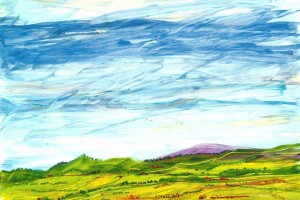 The superb actor Anthony Hopkins is showing a few of his paintings at London’s Gallery 27 through Saturday, then at The Dome in Edinburgh, March 2-6.
The superb actor Anthony Hopkins is showing a few of his paintings at London’s Gallery 27 through Saturday, then at The Dome in Edinburgh, March 2-6.
 And trumpeter Herb Albert has a show through May 25 at the Ace Gallery in Beverly Hills of big bronze totems, all in black, and up to 18 feet tall. He’s been doing these for 20 years.
And trumpeter Herb Albert has a show through May 25 at the Ace Gallery in Beverly Hills of big bronze totems, all in black, and up to 18 feet tall. He’s been doing these for 20 years.
 Maybe you link Alpert and art with that famous Whipped Cream album cover from 1965. Dessert is more commonly the subject of Wayne Thiebaud, the California artist, who has a new retrospective, Wayne Thiebaud: 70 Years of Painting, on view through July 4 at the San Jose Museum of Art. Best-known for his effervescent donuts and cakes and the like, he branches out to other edibles (and even non-edibles), too, such as this 1961 painting of watermelon slices.
Maybe you link Alpert and art with that famous Whipped Cream album cover from 1965. Dessert is more commonly the subject of Wayne Thiebaud, the California artist, who has a new retrospective, Wayne Thiebaud: 70 Years of Painting, on view through July 4 at the San Jose Museum of Art. Best-known for his effervescent donuts and cakes and the like, he branches out to other edibles (and even non-edibles), too, such as this 1961 painting of watermelon slices.
Alpert’s big bronzes are inspired by the great totems of the Tlingit and other nations who live along the north Pacific coast ranging from present-day Washington state to Alaska.
Thiebaud’s retrospective caught my eye partly because of his connection to another California artist, Beth Van Hoesen, whose most complete collection of prints is in the Vivian and Gordon Gilkey Center for Graphic Arts at the Portland Art Museum. Thiebaud was one of a group of important California artists who for many years held weekly drawing sessions at the old San Francisco firehouse that was home and studio to Van Hoesen and her artist husband, Mark Adams. And I’ve lately been working on an essay about Van Hoesen’s art.
I have a small personal interest in Sir Anthony’ art, too. I remember interviewing him back in 1978 or ’79, on the release of his none too fascinating movie Magic, and he was at a low point personally: exhausted, doubting himself, wondering whether it wasn’t time to chuck it all in and try something else. Of course, it was a lull, and the best was yet to come, even if “the best” included, as Hannibal Lecter, playing a fellow who dined on Chianti and human flesh.
“When I paint,” he says of his artwork, “I just paint freely without anxiety regarding outside opinions as criticisms. I do it for sheer pleasure. It’s done wonders for my subconscious – I dream now in colors.”
Including, I imagine, a rich dark red. Cheers!
*
PICTURED, from top:
A landscape painting by actor Anthony Hopkins.
Herb Alpert, “Black Totems,” 2005-09. Courtesy Ace Gallery, Beverly Hills.
Wayne Thiebaud, “Watermelon Slices,” 1961. Oil on canvas. Private Collection. Copyright Wayne Thiebaud/Licensed by VAGA, New York, N.Y.
 He has also composed essays that resulted in actual financial recompense, including a trio of pieces for that fine and noble stalwart of legacy media, The Oregonian.
He has also composed essays that resulted in actual financial recompense, including a trio of pieces for that fine and noble stalwart of legacy media, The Oregonian. Mr. Scatter is, in fact, in favor of this position and its title, and he admires Oregon’s retiring laureate,
Mr. Scatter is, in fact, in favor of this position and its title, and he admires Oregon’s retiring laureate,  It’s a fine show, worth the trip. And speaking of trips, Mr. Scatter pauses for what might seem a brief diversion but in fact is not.
It’s a fine show, worth the trip. And speaking of trips, Mr. Scatter pauses for what might seem a brief diversion but in fact is not.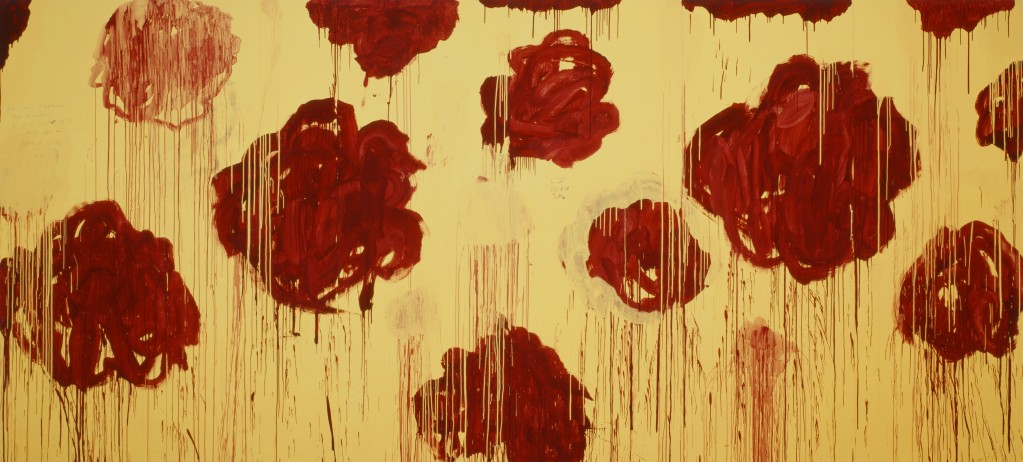
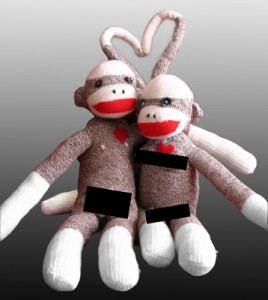 How did Valentine become linked with chubby cherubs and love arrows, let alone chocolate and Champagne?
How did Valentine become linked with chubby cherubs and love arrows, let alone chocolate and Champagne?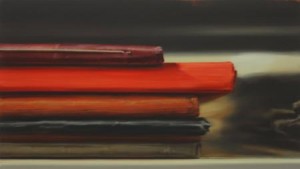 How we got here is a puzzle, and yet, here we are, at the Valentine’s Day of modern times, with all of its traditions, temptations and demands. Not, all in all, a bad place to be, unless like a dope you forget all about it and schedule a poker game with the boys instead.
How we got here is a puzzle, and yet, here we are, at the Valentine’s Day of modern times, with all of its traditions, temptations and demands. Not, all in all, a bad place to be, unless like a dope you forget all about it and schedule a poker game with the boys instead.
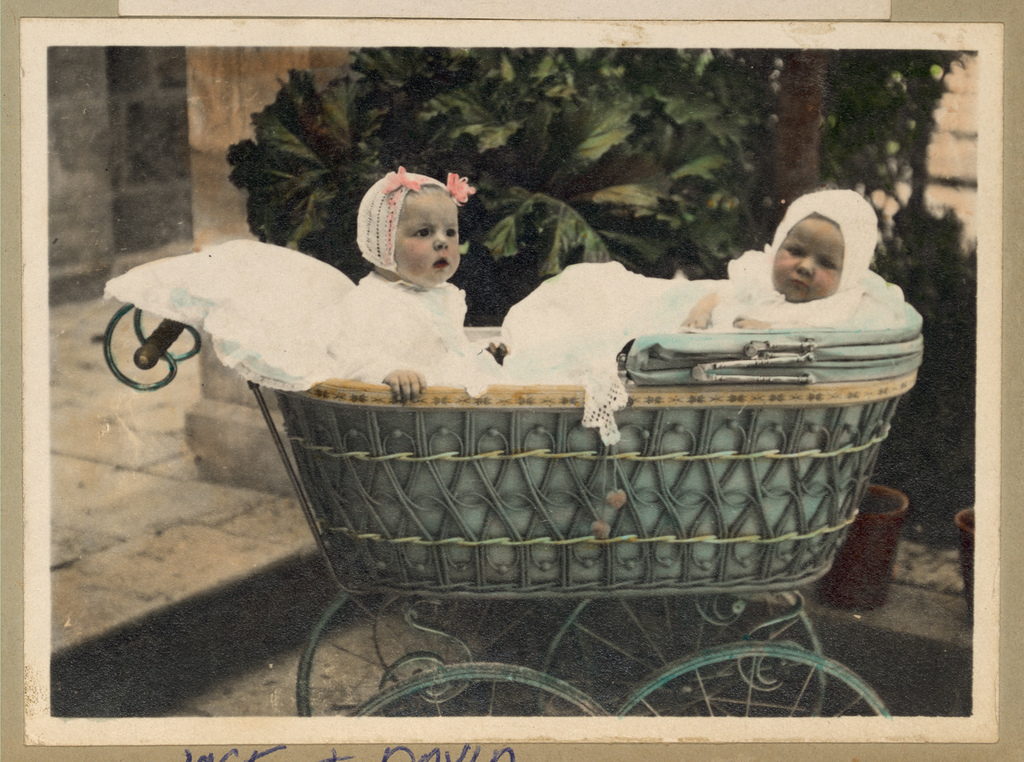

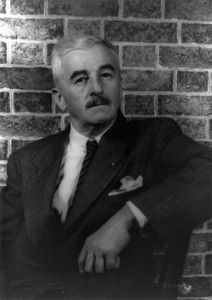 The Willinghams and Irbys and Hickses came from South Carolina and Georgia, places where a naming was a serious and sometimes flowery business. On Long Island and in the Hudson River Valley, where my mother’s side of the family had their roots, the names were historical and solid — Baldwin, Seaman — but without that peculiarly Southern sense that a naming is an almost mystical occasion, an assigning of an intensely personal yet communally meaningful identification for life. My mother’s maiden name is Charlotte Lucille Baldwin, and it’s lovely. But it seems somehow less thethered, less essential to her personality or her family’s historical lot in life.
The Willinghams and Irbys and Hickses came from South Carolina and Georgia, places where a naming was a serious and sometimes flowery business. On Long Island and in the Hudson River Valley, where my mother’s side of the family had their roots, the names were historical and solid — Baldwin, Seaman — but without that peculiarly Southern sense that a naming is an almost mystical occasion, an assigning of an intensely personal yet communally meaningful identification for life. My mother’s maiden name is Charlotte Lucille Baldwin, and it’s lovely. But it seems somehow less thethered, less essential to her personality or her family’s historical lot in life.
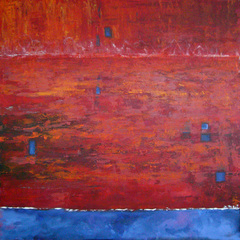 Especially when you’re talking about the local artists who are the heart and soul of any city’s arts scene, that often means that people who barely have two dimes to rub together are among the ones who jump in and get something done. They raise awareness (pardon Mr. Scatter for employing that overused phrase) and they raise money. I’m not sure why performing artists and restaurant people so often take the lead on this sort of thing, but maybe it’s because both work in businesses where they become acutely aware that nothing gets done right unless everyone works together.
Especially when you’re talking about the local artists who are the heart and soul of any city’s arts scene, that often means that people who barely have two dimes to rub together are among the ones who jump in and get something done. They raise awareness (pardon Mr. Scatter for employing that overused phrase) and they raise money. I’m not sure why performing artists and restaurant people so often take the lead on this sort of thing, but maybe it’s because both work in businesses where they become acutely aware that nothing gets done right unless everyone works together.
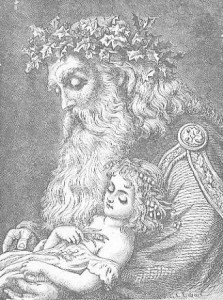 Art Scatter has changed a lot over its two years. It was the brainchild of Barry Johnson, my friend and longtime arts section compatriot at The Oregonian, who was looking for a way to explore new approaches to journalism outside of the print world. Barry brought me and his friend Vernon Peterson, a lawyer and talented literary critic, into the project, which was planned to be not too taxing on anyone because there would be three people to fill the virtual space.
Art Scatter has changed a lot over its two years. It was the brainchild of Barry Johnson, my friend and longtime arts section compatriot at The Oregonian, who was looking for a way to explore new approaches to journalism outside of the print world. Barry brought me and his friend Vernon Peterson, a lawyer and talented literary critic, into the project, which was planned to be not too taxing on anyone because there would be three people to fill the virtual space.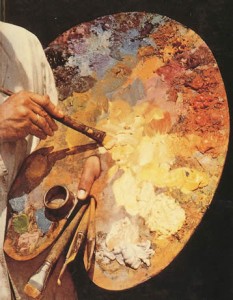 We asked for your advice, and a lot of you gave it. Thanks to Scatter friends and followers Charles Deemer, LaValle Linn, Charles Noble, Brett Campbell, Cynthia Kirk, Mighty Toy Cannon and others for chipping in with preferences and ideas. Each of the three candidates had its fans, and each had its detractors. I appreciate the energy that all of you put into this. And I appreciate that more than one of you noted that design isn’t why you visit Art Scatter, anyway: You come for the writing and the ideas. Special thanks to LaValle for her warning that Web designs can devour your time and sanity in the middle of the night if you let yourself get too deeply drawn into them: Perish that thought!
We asked for your advice, and a lot of you gave it. Thanks to Scatter friends and followers Charles Deemer, LaValle Linn, Charles Noble, Brett Campbell, Cynthia Kirk, Mighty Toy Cannon and others for chipping in with preferences and ideas. Each of the three candidates had its fans, and each had its detractors. I appreciate the energy that all of you put into this. And I appreciate that more than one of you noted that design isn’t why you visit Art Scatter, anyway: You come for the writing and the ideas. Special thanks to LaValle for her warning that Web designs can devour your time and sanity in the middle of the night if you let yourself get too deeply drawn into them: Perish that thought!